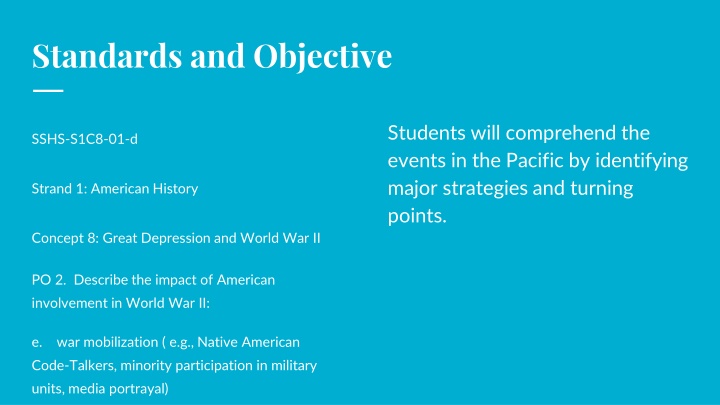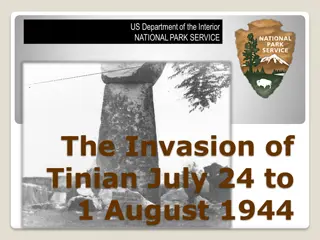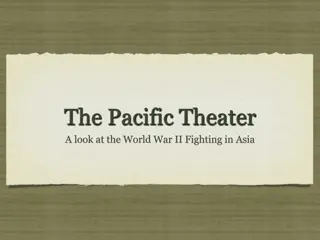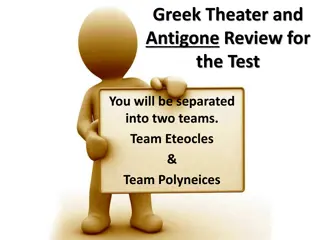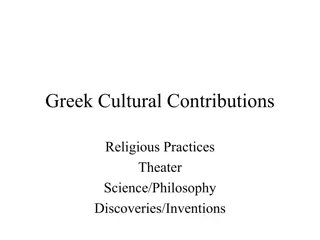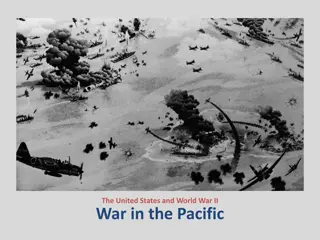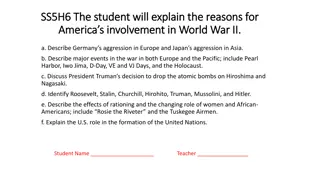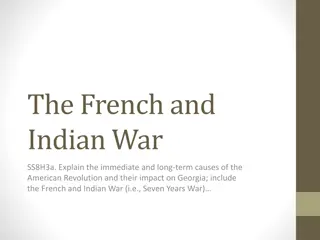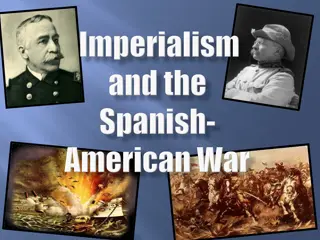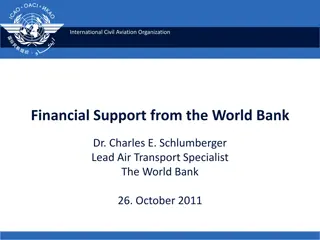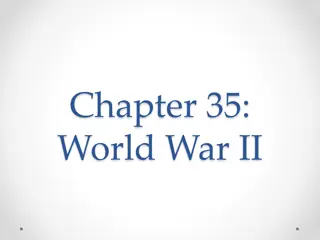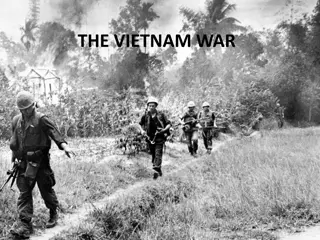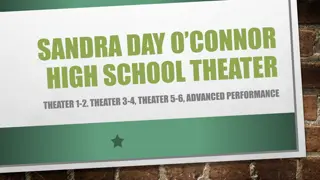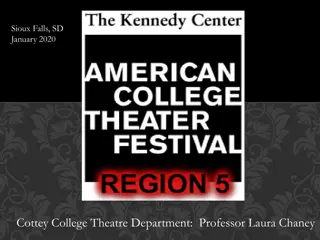Impact of American Involvement in World War II Pacific Theater
Explore the pivotal events in the Pacific Theater of World War II, including the fall of the Philippines, the harrowing Bataan Death March, the strategic Doolittle Raid, and the crucial role of Navajo Code Talkers. Delve into the war mobilization efforts, reflecting on the bravery and sacrifices made by American soldiers, minority participation, and unique strategies employed during the conflict. Witness how these historical moments shaped the course of the war and impacted American morale and military operations.
Download Presentation

Please find below an Image/Link to download the presentation.
The content on the website is provided AS IS for your information and personal use only. It may not be sold, licensed, or shared on other websites without obtaining consent from the author.If you encounter any issues during the download, it is possible that the publisher has removed the file from their server.
You are allowed to download the files provided on this website for personal or commercial use, subject to the condition that they are used lawfully. All files are the property of their respective owners.
The content on the website is provided AS IS for your information and personal use only. It may not be sold, licensed, or shared on other websites without obtaining consent from the author.
E N D
Presentation Transcript
Standards and Objective Students will comprehend the events in the Pacific by identifying major strategies and turning points. SSHS-S1C8-01-d Strand 1: American History Concept 8: Great Depression and World War II PO 2. Describe the impact of American involvement in World War II: e. war mobilization ( e.g., Native American Code-Talkers, minority participation in military units, media portrayal)
War in the Pacific War at sea
The Fall of The Philippines Japan invaded the Philippines and pushed back MacArthur s troops MacArthur retreated to the Bataan Peninsula Held out for 3 months in desperation, the troops ate their horses and mules
The Bataan Death March MacArthur had to finally surrender Said I came through, and I shall return. 78,000 prisoners of war were forced to march 65 miles They were sick, exhausted and starving Almost 10,000 troops died
The Doolittle Raid FDR wanted to bomb raise the morale of the American people by bombing Tokyo Only way planes could reach Japan though was by aircraft carrier and they couldn t get close enough Decided to put B-25s on the carriers instead because they were longer range but they had to land in china Lieutenant Colonel Doolittle commanded the first bombing of Japan
Navajo Code Talkers The Navajo recruits developed code words using their language to make it even harder to decipher At the Battle of Iwo Jima, code talkers transmitted more than 800 messages during the first 48 hours Top secret mission that wasn t revealed until 1971 In 2001 they were awarded the Congressional Medal of Honor
Samuel Tso Samuel Tso - Navajo Code Talker - Living History.mov This documentary film was researched, photographed, edited and produced by students of Winona State University (Winona, Minnesota) and Din College (Tsaile, Arizona, Navajo Nation) during summer 2009. It contains stories Navajo Code Talker Samuel Tso of Lukachukai, Arizona, told the students during several hours of interviews about his life. This documentary film is archived at the Navajo Nation Museum, Navajo Nation Library, Winona State University Library, and Din College Library, and will be archived at the Smithsonian Institution's National Museum of the American Indian. The film is part of the Navajo Oral History project, a multi-year collaboration between the Winona State University Mass Communication Department and Din College-- The official Tribal College of the Navajo Nation.
The Battle of Midway Admiral Yamamoto planned to attack Midway but used the same code that the Americans had already cracked The Japanese headed to midway and were ambushed by the Americans The Japanese prepared for a second wave but American planes bombed and destroyed four Japanese carriers Admiral Yamamoto ordered a retreat Turning point in the war in the Pacific
Lets Think What made the Battle of Midway a major turning point? Why are the topics we have talked about so far considered important? e.g.: MacArthur s retreat, the Bataan Death March, Code Talkers, the Doolittle Raid
Driving Back Japan Island Hopping -moving from one island to the next getting closer and closer to Japan A major problem was that many of the island were coral reef atolls so when ships ran aground on them, soldiers had to wade to shore under heavy fire At Tarawa, Amphtracs were used to help Marines get ashore but there weren t enough of them Used Amphtracs to take Kwajalein and the Marshal Islands
The Mariana Islands Despite strong Japanese resistance, Admiral Nimitz wanted to take the Mariana Islands These Islands could be used as a heavy bomber base American troops captured all three Islands by August 1944 B-29s started bombing Japan
Steps to the Philippines MacArthur worked on invading the Solomon Islands Finally captured enough islands to surround the main Japanese base causing them to withdraw but leave 100,000 troops Afraid he was being left behind, MacArthur advanced and was able to take New Guinea
MacArthur Returns To take back the Philippines, the U.S. assembled an enormous invasion force October 1944, over 700 ships carrying more than 160,000 troops A few hours after the invasion began, MacArthur headed to the beach and grabbing a radio microphone said: People of the Philippines, I have returned. By the grace of Almighty God, our forces stand again on Philippine soil.
The Battle of Leyte Gulf Largest naval battle in history First time the Japanese used Kamikaze attacks Kamikaze means: Divine Wind Just as things got desperate for Americans the Japanese commander ordered a retreat thinking more American ships were on the way
Victory in the Philippines The campaign to recapture the Philippines was long and grueling More ahn 80,000 Japanese were killed and less than 1,000 surrendered MacArthur s troops did not capture Manila until March 1945 The battle left the city in ruins and more than 100,000 Filipino Civilians dead The remaining Japanese retreated into the wilderness and continued fighting until word came that Japan had surrendered
Lets Review What advantages did the code talkers provide for Americans forces? What was Island Hopping and how was it successful?
